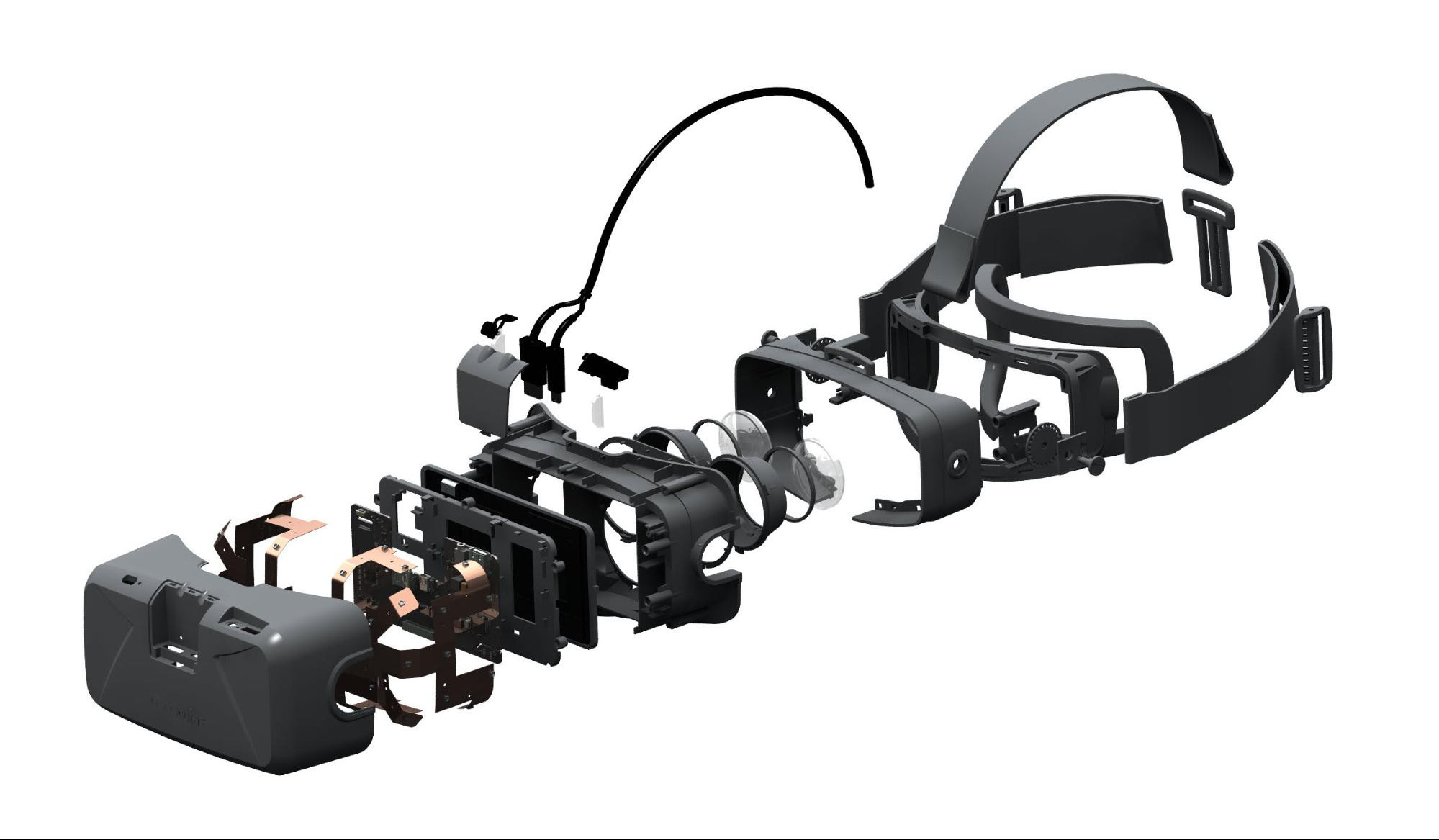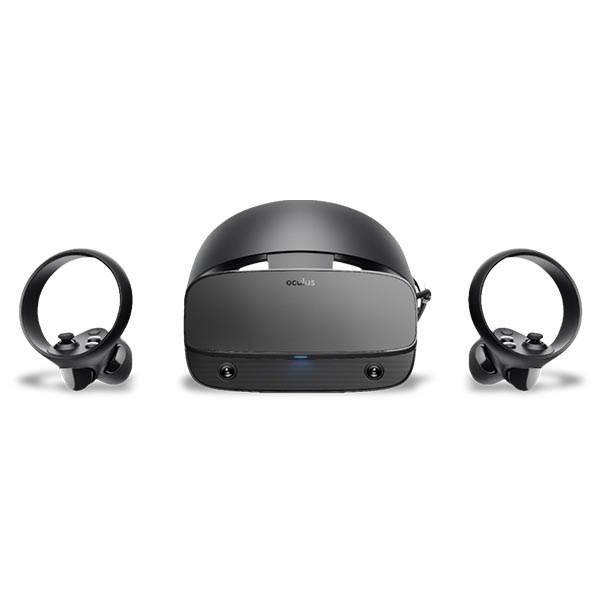

It sports five tracking sensors on the actual headset, which work wonderfully (especially in tandem with the “Guardian” system, which allows you to draw a line where your play space is, to warn you when you’re going to run into a wall) now that they’re baked-in. The Rift S sports upgraded (Fresnel) lenses, which reduce the age-old screen-door effect and god rays: in my experience, that has been an accurate claim.
OCULUS RIFT S UPDATE
Out of the box, it took me around 15 minutes to get into VR, and I can’t stress enough how pretty much anyone, even those who aren’t tech savvy, can plug in those two cables, update the firmware, and be on their way. As always, it pays to wait if you’re on the fence. Witnessing better-looking VR with a painless setup (less painful than anything I’ve ever used before, including the PSVR) was a joy. Now, you just need one DisplayPort and one USB 3.0. Previously, my setup involved three sensor stands (two works but three was optimal) all taking up USB slots, a USB slot for the old Rift, and an HDMI slot. Given that I’ve had a VR headset plugged into my PC 24/7 for the past three years, this makes things a lot easier.

And hot damn was it mucky! I had a 20-foot extender cable wrapped around a giant serpent of wires that took me 30 minutes to clear out. As I crawled through the mire and muck of cables unplugging my last Oculus Rift headset, I was fairly amazed at the simplicity of the S: two cables.


 0 kommentar(er)
0 kommentar(er)
